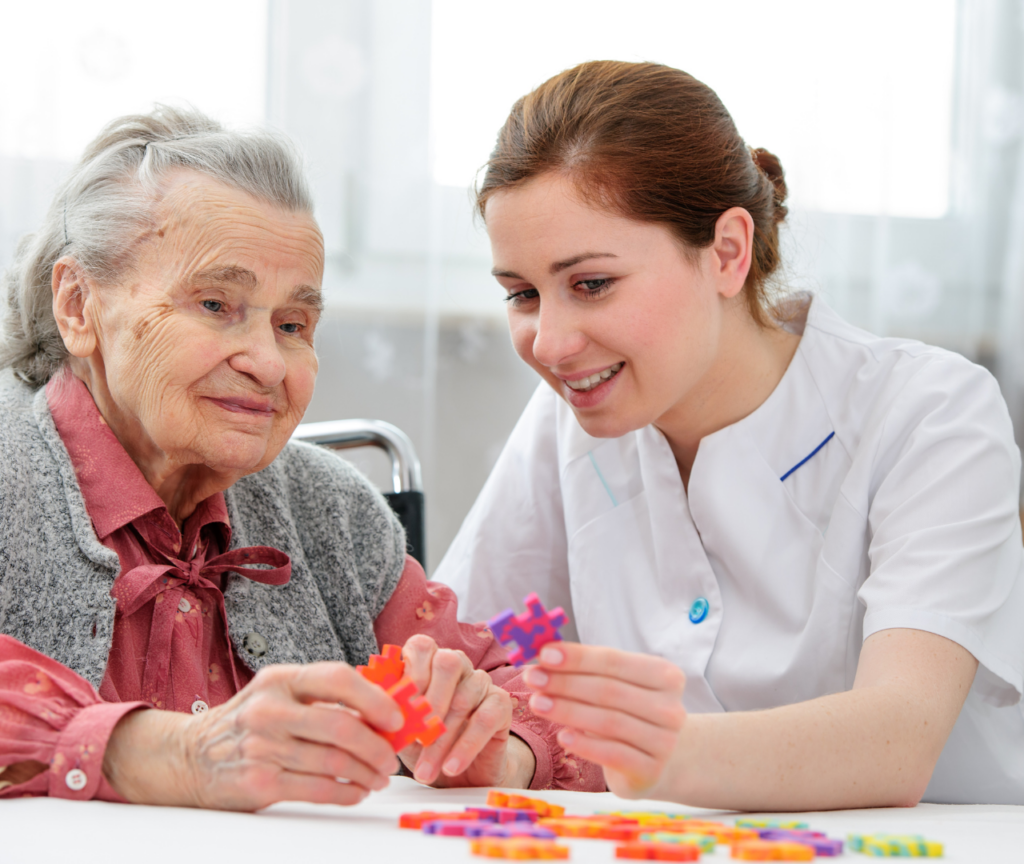Gratitude is a powerful emotion that can transform lives, particularly for seniors and caregivers. It helps foster positive connections, builds emotional resilience, and enhances overall well-being. For seniors, practicing gratitude can combat feelings of loneliness and isolation, while caregivers can benefit from the emotional uplift that gratitude brings. In this article, we will explore practical gratitude exercises for both seniors and caregivers that can be easily incorporated into daily routines to build stronger, more positive connections and boost resilience.
Why Gratitude Matters for Seniors and Caregivers
As we age, the challenges of growing older—such as declining health, loss of loved ones, and changes in living situations—can sometimes lead to negative feelings like sadness or frustration. Seniors may struggle with feeling disconnected from their loved ones or the community. Caregivers, on the other hand, often face stress, burnout, and emotional exhaustion due to the demands of caregiving. Gratitude exercises can offer a way to counter these challenges, focusing on positive emotions and enhancing one’s ability to cope with difficulties.
Gratitude helps shift attention from what is lacking to what is present, creating a sense of fulfillment. It can enhance mood, reduce symptoms of depression, and improve physical health by lowering stress levels. For seniors and caregivers alike, gratitude is a tool that nurtures resilience—the ability to bounce back from setbacks—by fostering optimism and emotional strength.
Simple Gratitude Exercises for Seniors
1. Daily Gratitude Journaling
A simple but effective way to practice gratitude is through journaling. Seniors can start by writing down three things they are grateful for each day. These can range from small, everyday moments—like enjoying a cup of tea or hearing a loved one’s voice—to larger aspects, such as good health or a caring community. The key is to focus on specific details rather than generalities, which deepens the emotional impact of the practice.
2. Gratitude Walks
Physical activity paired with mindful observation can significantly improve well-being. During a short walk—whether in a park, garden, or even indoors—seniors can focus on the beauty around them and note what they are thankful for. It could be the feel of the sun on their skin, the sound of birds, or the sight of blooming flowers. This exercise promotes both physical health and a mindset of appreciation for the present moment.
3. Gratitude Letters or Calls
Encouraging seniors to express their gratitude to others through letters or phone calls can strengthen their connections with loved ones. Writing a letter or making a call to thank someone for their kindness, support, or friendship fosters feelings of closeness. This act of reaching out also reminds seniors that they are not alone and that they have meaningful relationships, reinforcing their sense of community.
4. Gratitude Reflection Before Bed
Before going to sleep, seniors can take a few minutes to reflect on their day and mentally list the positive moments they experienced. This can be as simple as recalling a friendly conversation, a delicious meal, or moments of peace. Ending the day with gratitude helps set a positive tone for restful sleep and a brighter outlook for the next day.
Gratitude Exercises for Caregivers
1. Creating a Gratitude List
Caregivers often focus on the challenges they face, but creating a daily or weekly gratitude list can help shift that perspective. Caregivers can write down what they appreciate about their role, such as the ability to help a loved one or the moments of joy they experience while providing care. By actively acknowledging the good, caregivers can counterbalance stress and fatigue.
2. Sharing Gratitude with the Senior
Caregivers can build a positive connection with the senior they are caring for by sharing moments of gratitude together. For instance, they could engage in a short conversation at the end of the day, where both the caregiver and senior share something they are grateful for. This not only builds emotional closeness but also fosters mutual appreciation, strengthening the bond between caregiver and senior.
3. Self-Gratitude Practices
Caregiving is demanding, and it’s easy for caregivers to neglect their own well-being. Self-gratitude exercises can help caregivers nurture themselves. This can involve taking a moment each day to recognize and appreciate their own efforts, kindness, and resilience. It’s important for caregivers to honor their hard work and remind themselves that their care makes a difference.
4. Gratitude Breathing or Meditation
Mindful breathing exercises or meditation with a focus on gratitude can help caregivers manage stress. By sitting quietly and taking a few deep breaths, caregivers can reflect on something they are grateful for—a supportive friend, a helpful colleague, or even a moment of peace. This practice can help restore calm and provide emotional balance.
Building Resilience Through Gratitude
Both seniors and caregivers can cultivate resilience through gratitude exercises. By consistently practicing gratitude, individuals train their minds to notice the positive aspects of life, even amid challenges. This outlook helps create emotional strength, making it easier to cope with difficult situations. In addition, gratitude fosters positive relationships, which are essential for emotional support and well-being.
Seniors who focus on what they appreciate are more likely to feel connected and engaged, while caregivers who embrace gratitude can find emotional relief and renewed energy. In turn, this positive connection strengthens the relationship between the senior and caregiver, creating a cycle of appreciation, kindness, and support.
Conclusion
Gratitude is a simple yet transformative practice that can profoundly benefit both seniors and caregivers. By incorporating daily gratitude exercises into their routines, they can build positive connections, foster resilience, and enhance their emotional and physical well-being. Whether through journaling, reflective walks, or shared moments of appreciation, gratitude serves as a bridge to a more fulfilling and connected life.

